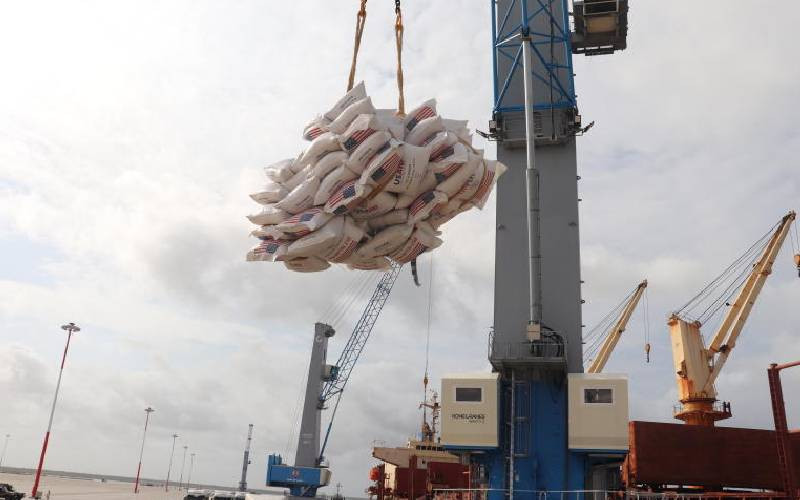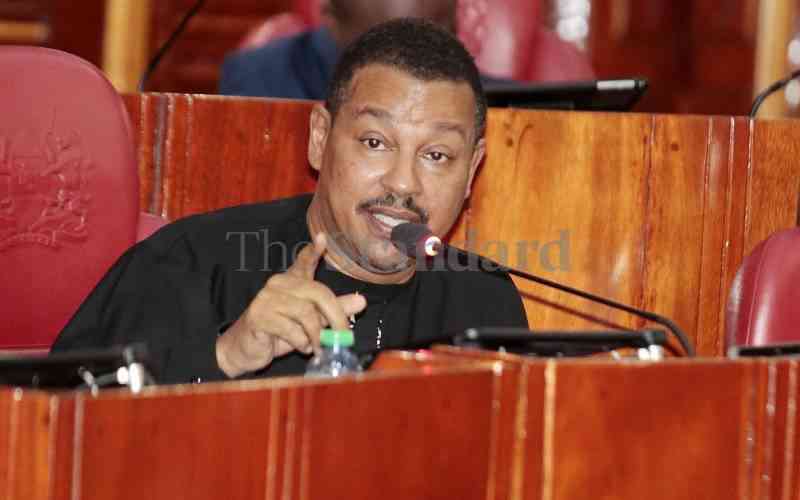Nine out of 10 Kenyans are living in poverty and in need of State welfare assistance, a new report shows.
The report by the World Food Programme (WFP) and the United Nations Children’s Fund (Unicef) says the amount of money the government spends on cash transfer programmes is inadequate to address the growing needs of the elderly, orphans, people living with disability and other vulnerable populations.
The report urges the Government to consider paying out individual benefits instead of cash transfers to households so as to cover more beneficiaries.
“Currently, all schemes operate as household benefits rather than individual entitlements,” says the Transfer Values in Kenya’s National Social Security System report released yesterday.
“The result is that the system as a whole does not respond to differences in vulnerability between households.”
According to the report, Kenya’s five main cash transfer programmes - the Cash Transfer for Orphans and Vulnerable Children, the Older Persons Cash Transfer, the Cash Transfer for Persons with Severe Disabilities, the Hunger Safety Net Programme, and the Cash for Assets programme - should be reviewed in line with changing economic realities in the country.
The cash transfer initiatives under the National Safety Net Programme established in 2013 have seen hundreds of thousands of payments per month averaging Sh2,000 made to socially vulnerable households in the country.
However, the differences in size and composition between household beneficiaries mean those with more than one person under a vulnerable category such as an elderly person and several orphans earn less than those with just one elderly person or person living with a disability.
The report also questions the Government’s data on the number of the poor in the country amid glaring variance with other independently generated reports.
According to the Kenya National Bureau of Statistics, 46 per cent of the population are living below the official national poverty line, but the number is much higher in an actual sense.
“For instance, using a World Bank classification based on different international poverty lines, 34 per cent of the population was considered to be extremely poor (living on less than $1.9 per day), 59 per cent was extremely or moderately poor (less than $3.1 a day), while 94 per cent of the population was either poor or vulnerable (less than $10,” said the report.
Piling debt
According to the report, only six per cent of the population can be considered middle class or rich or having a high level of income security.
However, expanding the National Safety Net Programme will prove a challenging balancing act for the government, which is currently struggling to meet piling debt repayments and fund new development projects.
According to the state department of social protection, more than 500,000 households are receiving cash transfers on a regular basis.
Stay informed. Subscribe to our newsletter
An additional 374,806 households in Northern Kenya also receive cash assistance in the case of extreme weather events
 The Standard Group Plc is a
multi-media organization with investments in media platforms spanning newspaper
print operations, television, radio broadcasting, digital and online services. The
Standard Group is recognized as a leading multi-media house in Kenya with a key
influence in matters of national and international interest.
The Standard Group Plc is a
multi-media organization with investments in media platforms spanning newspaper
print operations, television, radio broadcasting, digital and online services. The
Standard Group is recognized as a leading multi-media house in Kenya with a key
influence in matters of national and international interest.
 The Standard Group Plc is a
multi-media organization with investments in media platforms spanning newspaper
print operations, television, radio broadcasting, digital and online services. The
Standard Group is recognized as a leading multi-media house in Kenya with a key
influence in matters of national and international interest.
The Standard Group Plc is a
multi-media organization with investments in media platforms spanning newspaper
print operations, television, radio broadcasting, digital and online services. The
Standard Group is recognized as a leading multi-media house in Kenya with a key
influence in matters of national and international interest.








